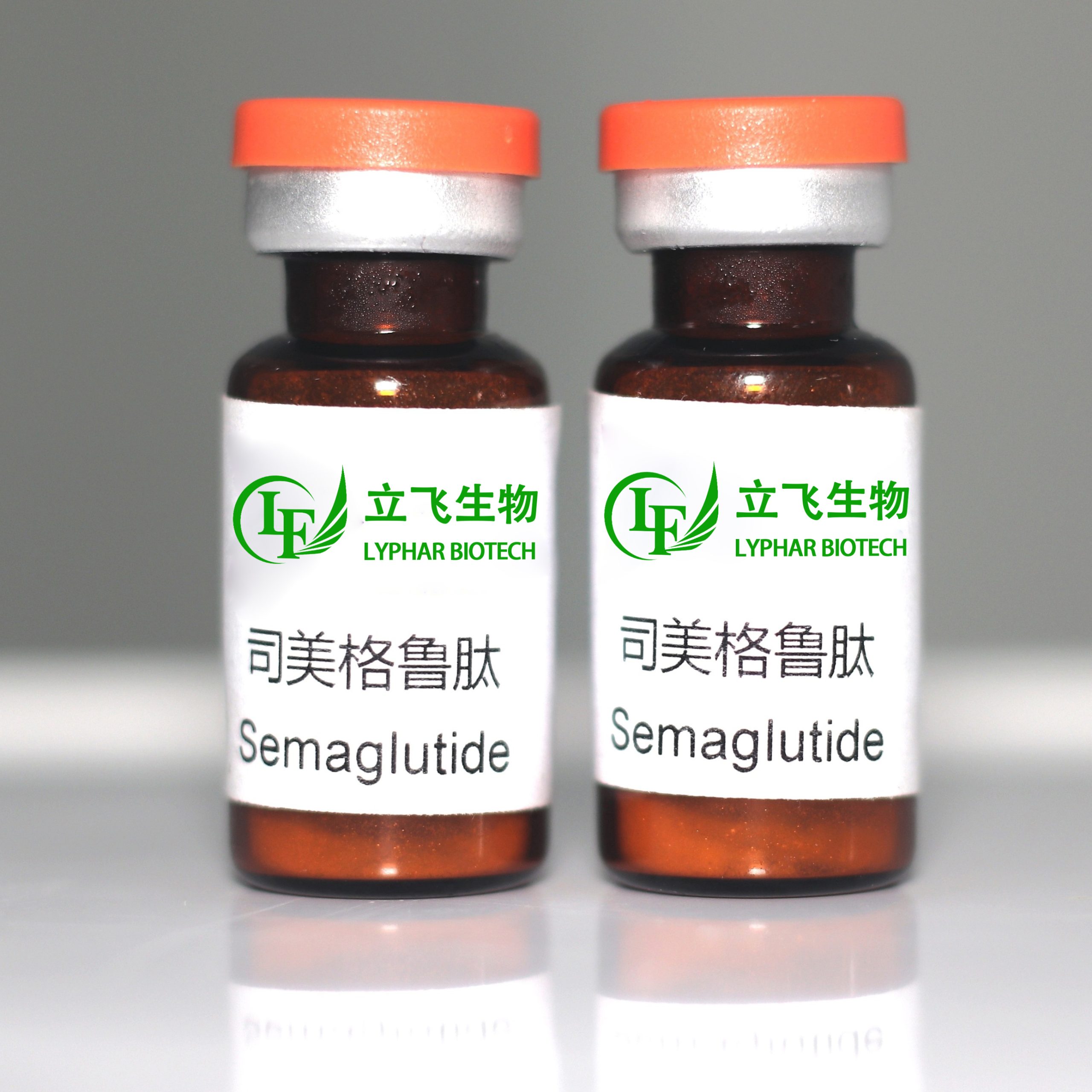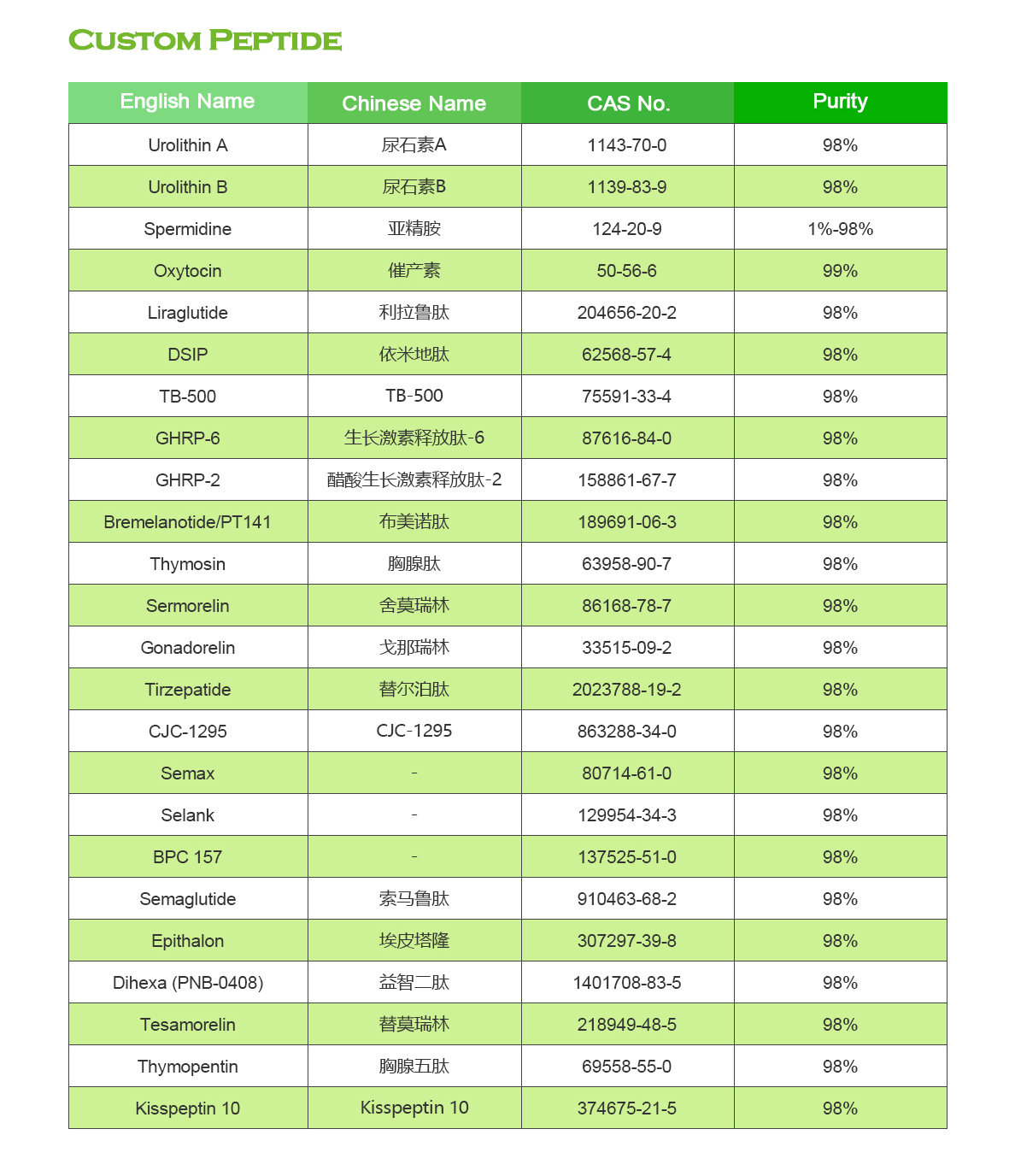Semaglutide is a glucagon-like peptide-1 (GLP-1) receptor agonist used in the treatment of type 2 diabetes. Its chemical structure, physical properties, and pharmacological characteristics contribute to its therapeutic effects. Please note that the information provided here is based on my knowledge as of January 2022, and there may have been developments or updates since then.
Chemical Structure of Semaglutide:
Semaglutide is a modified version of human GLP-1 (glucagon-like peptide-1) with a substitution of amino acids to increase its stability and half-life. It is a peptide-based compound with a molecular formula that includes amino acids. Specifically, semaglutide is a long-acting GLP-1 analog with a fatty acid side chain attached to increase its binding affinity to serum albumin, prolonging its half-life.
Physical Properties of Semaglutide:
As a peptide-based pharmaceutical, semaglutide is a white to off-white powder. Its physical properties include characteristics such as solubility, stability, and molecular weight. However, specific details about its physical properties, such as melting point or boiling point, are typically not readily available or relevant due to the nature of peptide compounds.

Pharmacological Properties:
1.Mechanism of Action: Semaglutide works by mimicking the effects of endogenous GLP-1. It stimulates insulin secretion, inhibits glucagon secretion, and slows down gastric emptying, leading to improved blood glucose control.
2.Half-Life: One of the key features of semaglutide is its extended half-life, allowing for once-weekly dosing. The fatty acid side chain contributes to its prolonged action in the body.
3.Administration: Semaglutide is usually administered by subcutaneous injection. It is available in a pen device for easy self-administration by patients.
4.Clinical Efficacy: Semaglutide has been shown to effectively lower blood glucose levels, reduce HbA1c (glycated hemoglobin), and contribute to weight loss. Its once-weekly dosing regimen enhances patient adherence compared to medications with more frequent dosing.
5.Adverse Effects: Common side effects may include nausea, vomiting, and diarrhea. As with any medication, individuals may react differently, and it’s essential to monitor for adverse reactions.
Application of Semaglutide
Semaglutide is a medication used in the treatment of type 2 diabetes. It belongs to a class of drugs called glucagon-like peptide-1 (GLP-1) receptor agonists. These medications work by mimicking the effects of GLP-1, a hormone that increases insulin secretion and reduces glucagon production, leading to better blood sugar control. Semaglutide has some specific applications and benefits:
1.Type 2 Diabetes Management:
Blood Sugar Control: Semaglutide helps lower blood sugar levels by increasing insulin secretion and reducing glucagon production in response to meals.
Weight Loss: It has been associated with weight loss, which is beneficial for individuals with type 2 diabetes, as obesity is a common factor in the development and progression of the disease.
2.Cardiovascular Benefits:
Some GLP-1 receptor agonists, including semaglutide, have demonstrated cardiovascular benefits in clinical trials. They have been associated with a reduction in major adverse cardiovascular events in people with type 2 diabetes who are at risk for cardiovascular disease.

3.Once-Weekly Formulation:
Semaglutide is available in a once-weekly injectable form, which can enhance patient adherence to treatment compared to daily medications.
4.Reduction in Hypoglycemia Risk:
GLP-1 receptor agonists like semaglutide are associated with a lower risk of hypoglycemia (low blood sugar) compared to some other diabetes medications, particularly insulin and sulfonylureas.
5.Potential Role in Obesity Treatment:
Apart from its use in diabetes management, semaglutide has been investigated for its potential role in obesity treatment. It has shown promising results in promoting weight loss and improving metabolic parameters in non-diabetic individuals with obesity.
It’s important to note that the use of semaglutide should be under the guidance of a healthcare professional, and its suitability for a particular individual depends on various factors such as overall health, existing medical conditions, and other medications being taken. Always consult with a healthcare provider for personalized advice and guidance on the use of semaglutide or any other medications.
